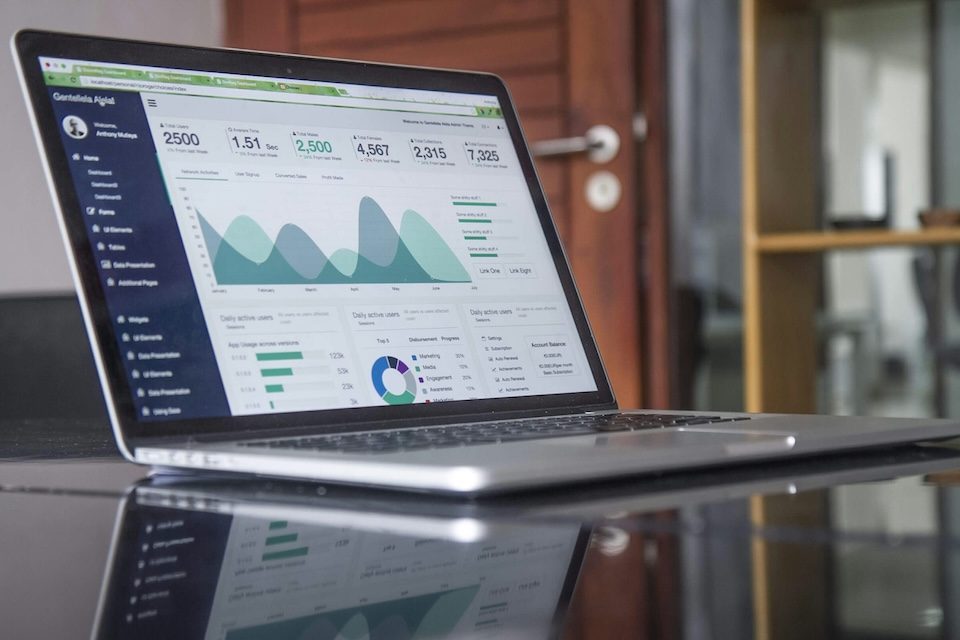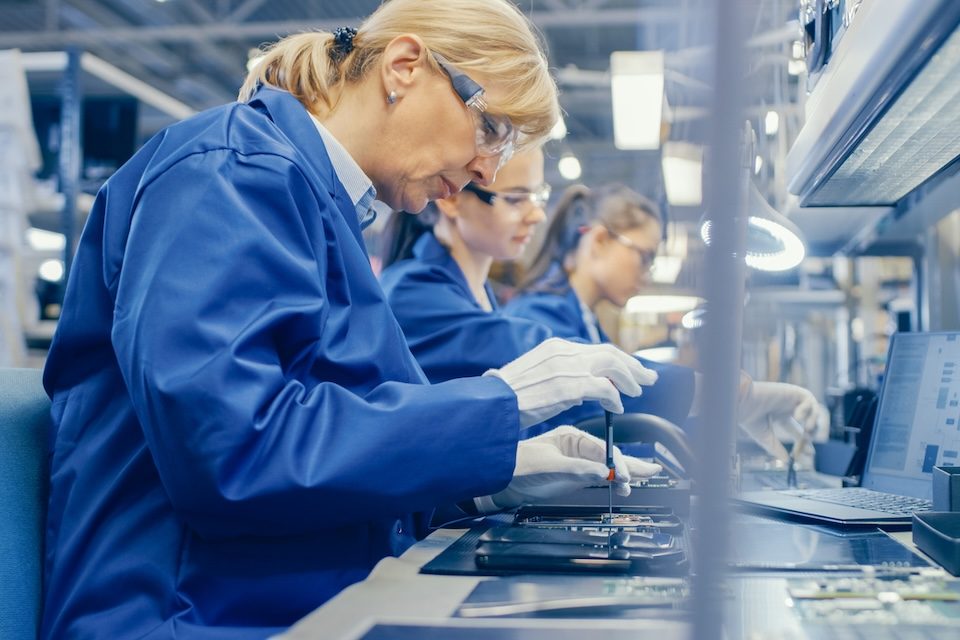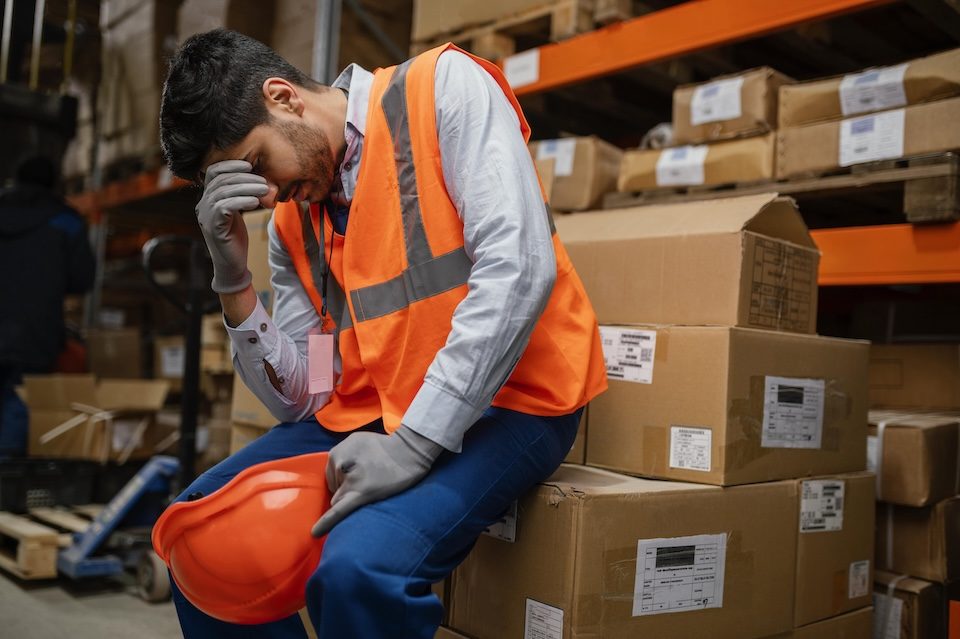Putting employees at the centre
The health and safety industry is undergoing a significant shift. Traditional, aging processes are struggling to keep up with today’s employee-centric working environment. In this new world of work, where flexibility and personal well-being are central, health and safety measures must be equally effective for all employees, whether they’re on-site or remote. Creating an inclusive approach that prioritises every employee’s health, safety and well-being is not just an option—it’s essential.
A growing concern for many organisation is the loss of institutional knowledge. As experienced health and safety professionals retire, they take with them years of expertise, much of it stored in outdated, individualised systems. This leads to inefficiencies in managing critical data, from safety protocols to incident reports. The lack of accessible, organised information makes it more difficult for health and safety leaders to ensure compliance and maintain high standards across dispersed teams.
On version of truth through digital transformation
As organisations adapt to these challenges, digital transformation is offering new solutions. The latest technologies make it easier for health and safety teams to collect, organise and access vital data instantly, no matter where employees are working. This shift has moved industry towards a more holistic approach, where employee well-being is at the centre of health and safety management.
More than just gathering data, these advanced systems allow organisations to analyse and use information in ways that weren’t possible before. AI-powered solutions, for example, can analyse large amounts of data in real-time, helping health and safety teams anticipate potential risks and take preventive action before incidents occur. This proactive approach transforms health and safety from reactive to preventive, making it easier to ensure that employees are always working in safe and supportive conditions.
Employee as the central asset
The most critical shift brought by digital transformation is the growing recognition that employees are the most valuable asset of any organisation. No longer seen as just workers within a system, employees are now viewed as key to the company’s success. Their health, safety and overall well-being are not just priorities but central to the business strategy.
In this context, AI is playing a pivotal role. By using data-driven insights, AI can help organisations understand the unique needs of their employees and create personalised safety protocols that cater to different roles, locations and working environments. For instance, if data shows a rise in fatigue-related incidents, AI can help identify the patterns and recommend adjustments to shift schedules or work environments, preventing potential safety risks before they escalate.
Furthermore, AI enables a deeper understanding of employees’ mental and physical well-being. It can flag trends such as stress or burnout risks, based on data collected from workplace activities, feedback or even wearable technology. With this information, health and safety teams can intervene early, offering tailored support and resources that address the specific well-being needs of individual employees. This level of personalisation ensures that every worker feels valued, supported, and, most importantly, safe in their working environment.
Anticipating and preventing incidents
One of the most significant advantages of AI in health and safety is its ability to anticipate incidents before they happen. Unlike traditional approaches, where health and safety teams respond after an incident occurs, AI allows organisations to predict potential issues based on patterns and data trends. This shift from reactive to proactive health and safety management is transforming how organisations approach employee well-being.
By continuously analysing data, AI can detect subtle changes that might indicate emerging risks, whether related to physical safety or mental well-being. For example, AI can monitor environmental conditions and employee behaviour, alerting health and safety teams to potential hazards such as excessive workloads, dangerous working conditions or signs of stress and fatigue. Armed with this information, teams can take immediate action to address these risks, such as adjusting schedules, implementing additional safety measures or providing support to prevent accidents or health issues.
In addition to preventing physical incidents, this approach fosters a culture of care and support. When employees see that their well-being is continuously monitored and prioritised, they are more likely to engage fully with their work, knowing their health and safety are in good hands. This not only improves individual performance but also strengthens the overall resilience of the workforce.
An overall view of health and safety
A key feature of today’s advanced health and safety platforms is their ability to integrate multiple aspects of employee well-being—physical and mental—into a single, cohesive approach. This overall view recognises that employee health and safety go beyond the avoidance of physical accidents. Mental health, stress management and emotional well-being are equally critical to creating a safe and supportive working environment.
With AI and data-driven insights, companies can adopt a more integrated approach, ensuring that all aspects of employee well-being are considered and managed. This perspective not only improves overall health and safety outcomes but also enhances employee engagement and productivity. When people feel supported in every aspect of their work life, they are more likely to remain motivated, focused and loyal to the company.
The future of health and safety is employee-first
As industries evolve, one thing is clear: the future of health and safety is employee-first. Digital transformation, and especially AI, is helping companies transition from outdated, one-size-fits-all health and safety processes to more personalised, proactive, and comprehensive approaches.
By embracing these solutions, organisations can better protect their workforce, prevent incidents and promote overall well-being. This shift not only helps companies maintain compliance and operational efficiency but also fosters a culture where employees feel valued and cared for. In today’s competitive business environment, where employee retention and satisfaction are key, investing in employee-centric health and safety is not just the right thing to do—it’s essential for long-term success.











